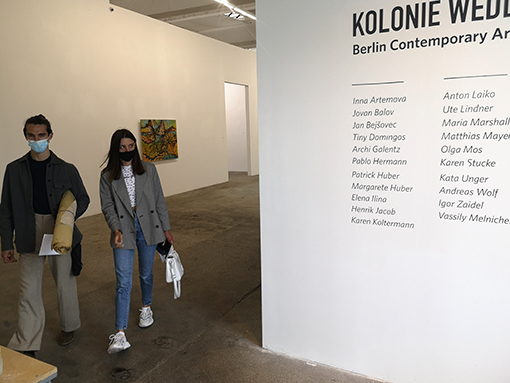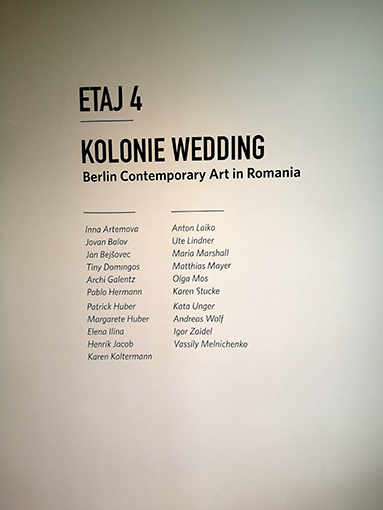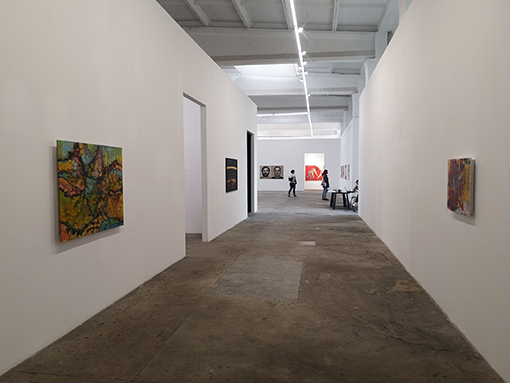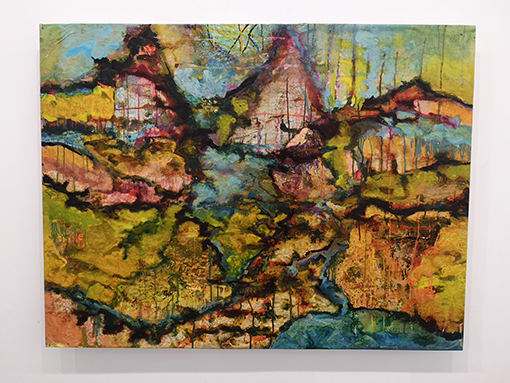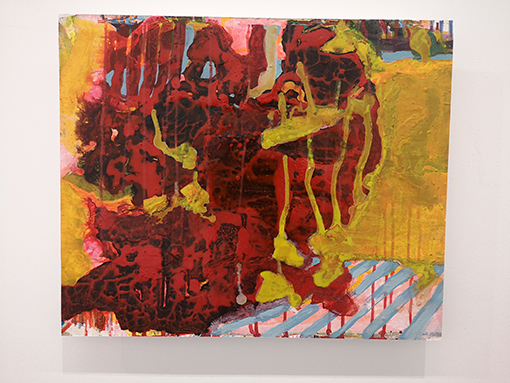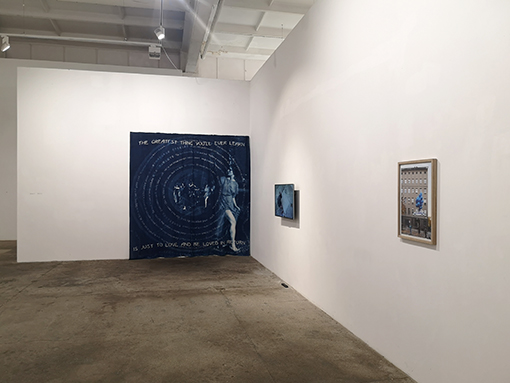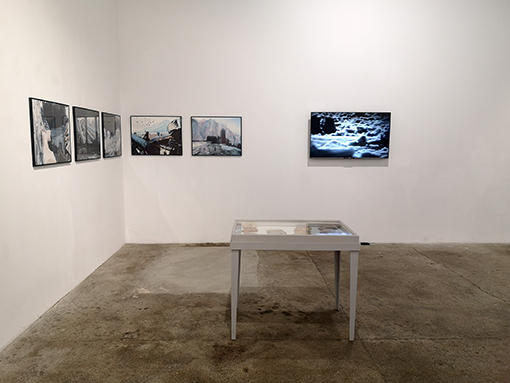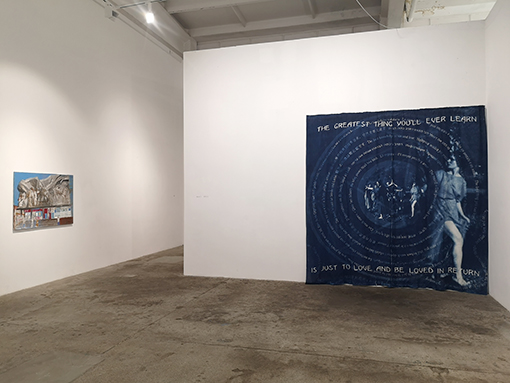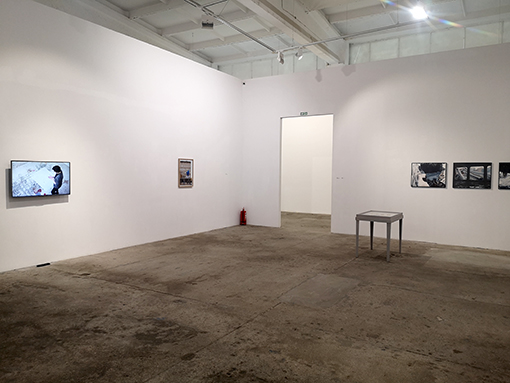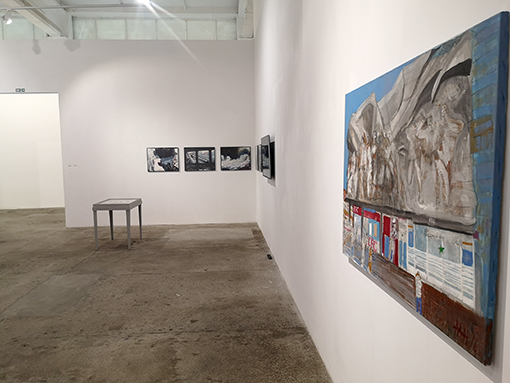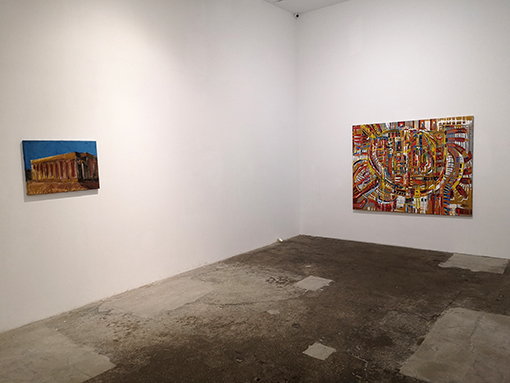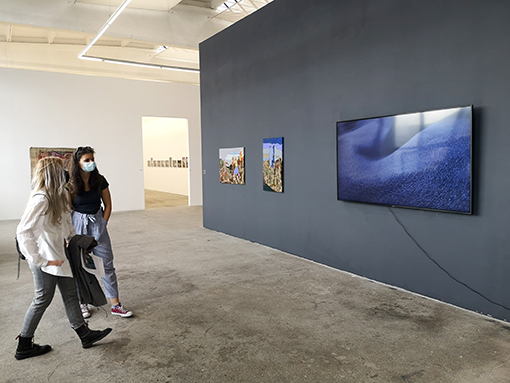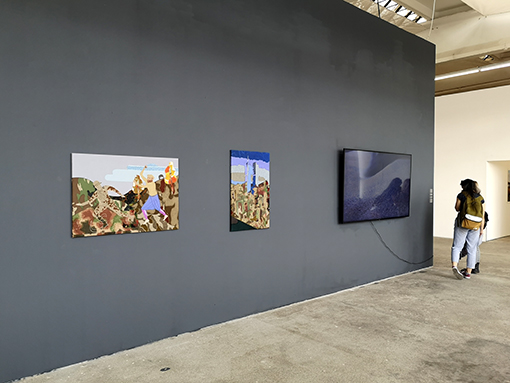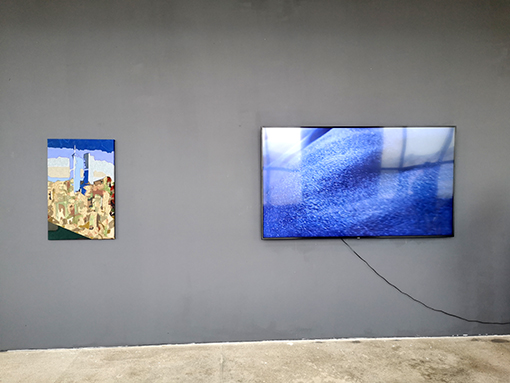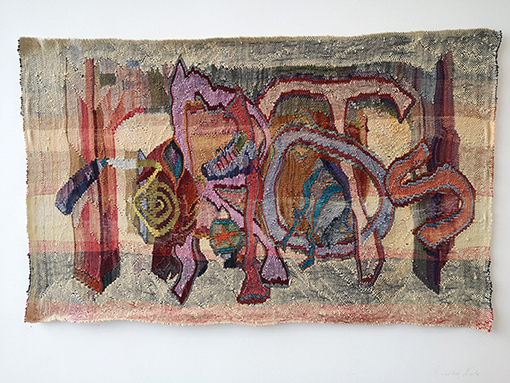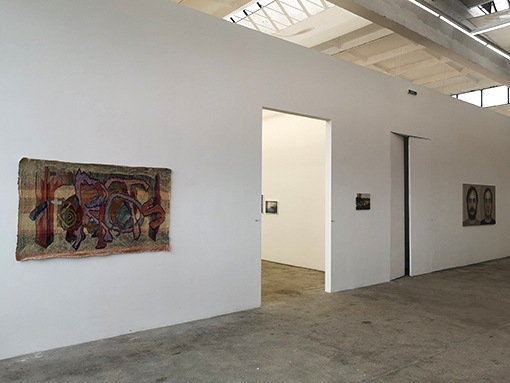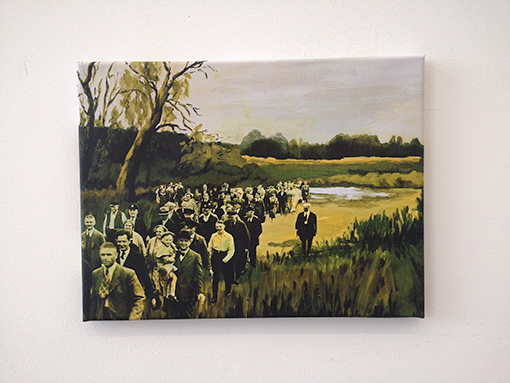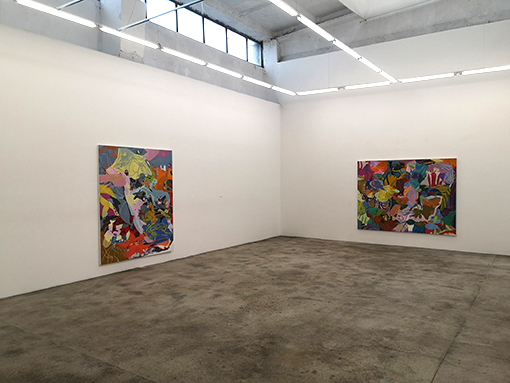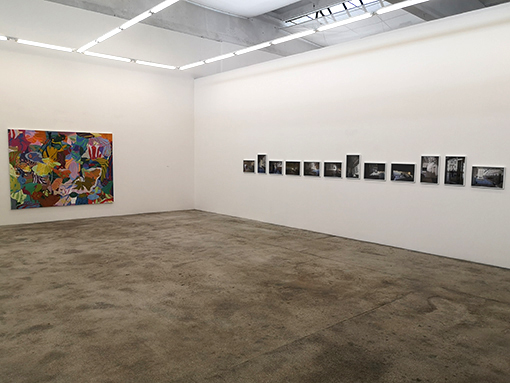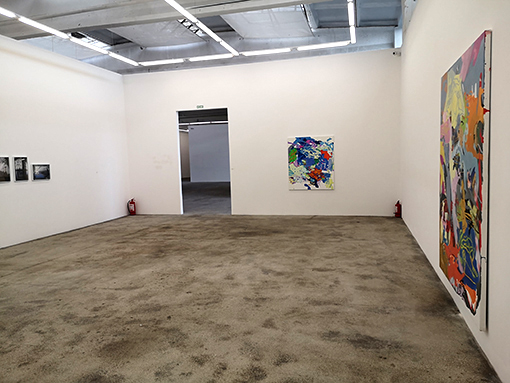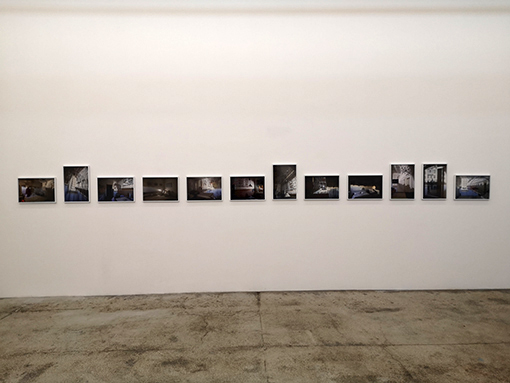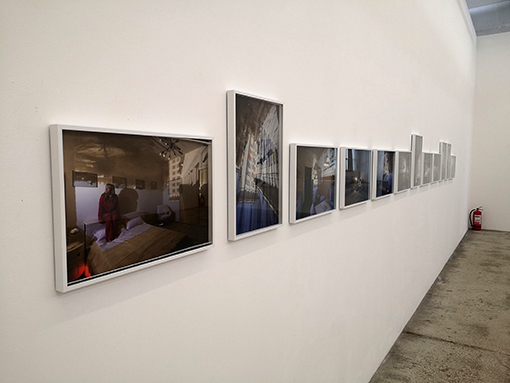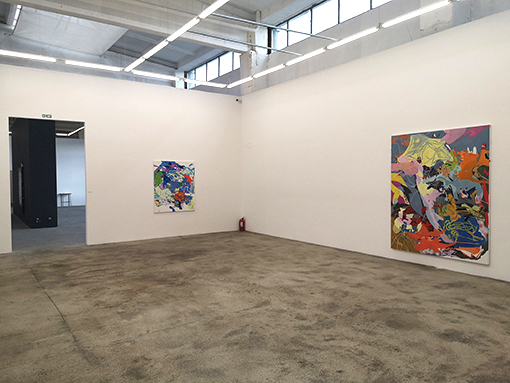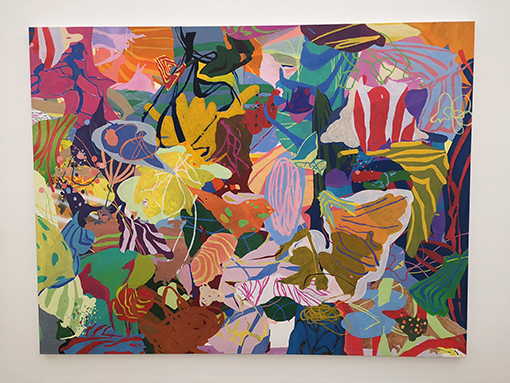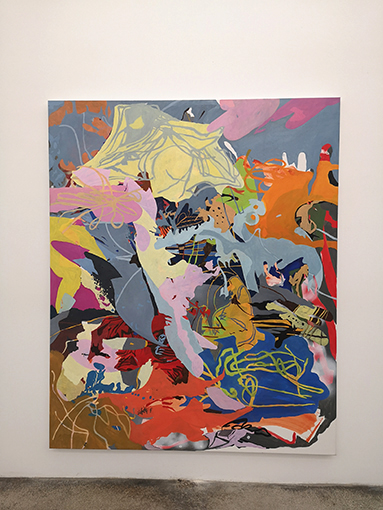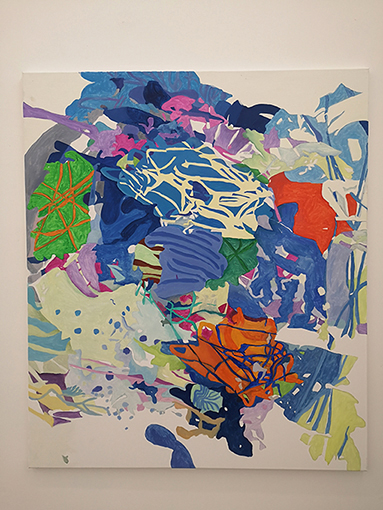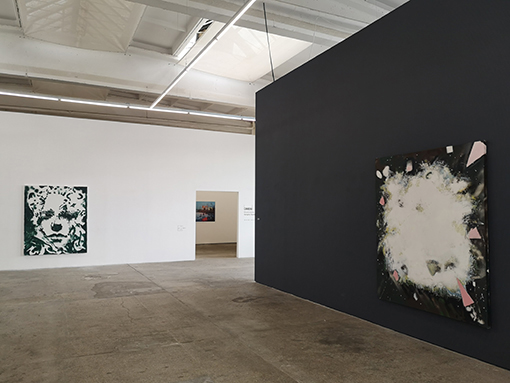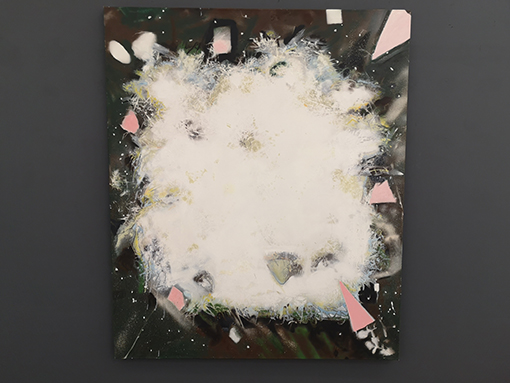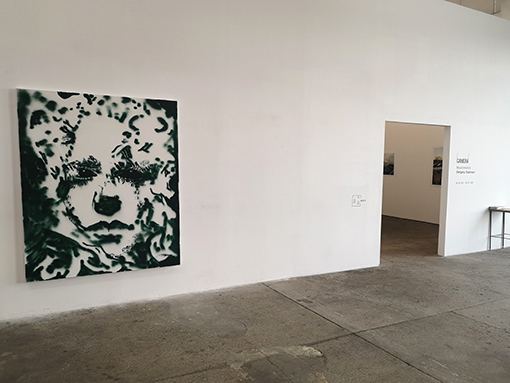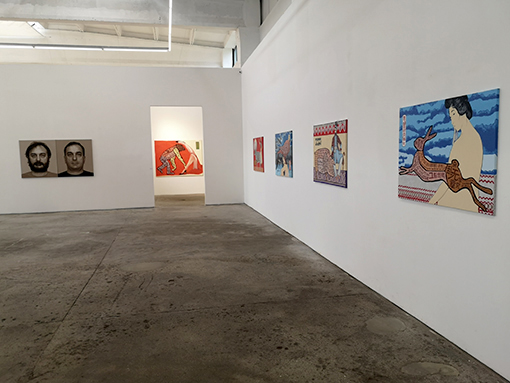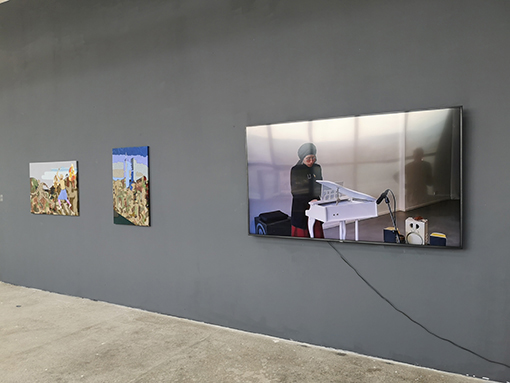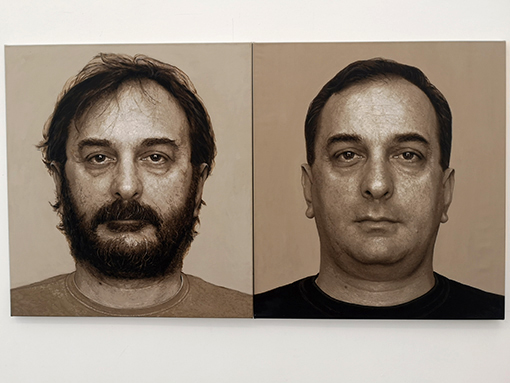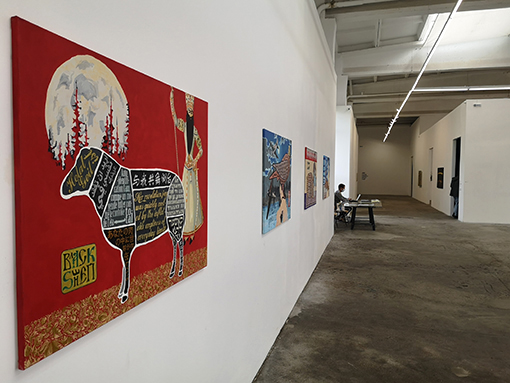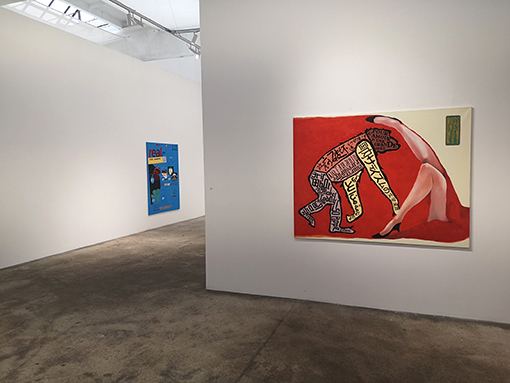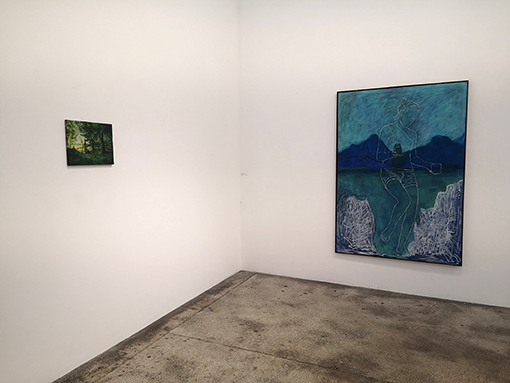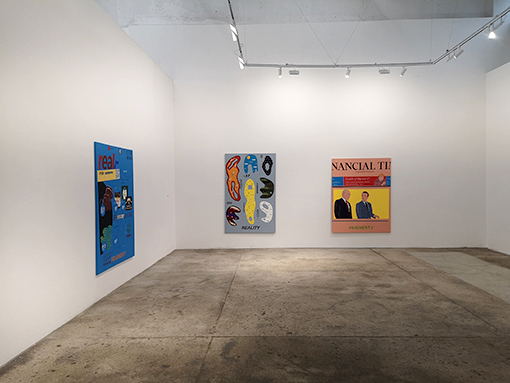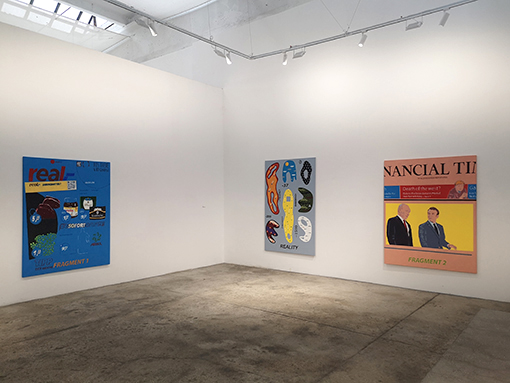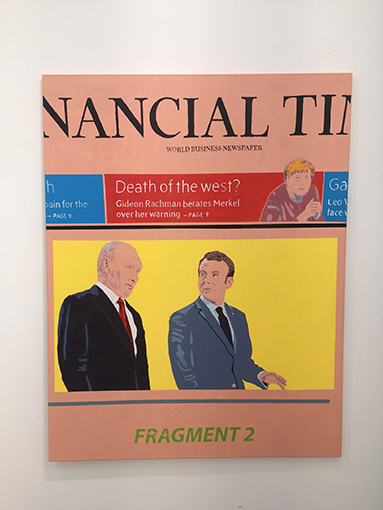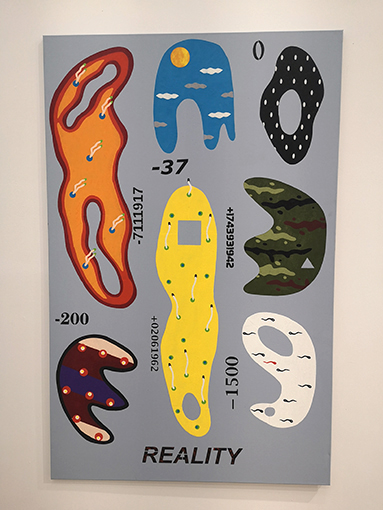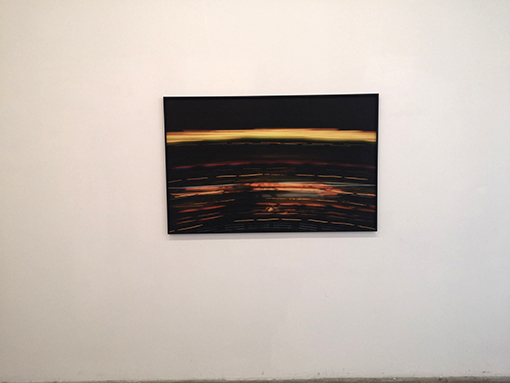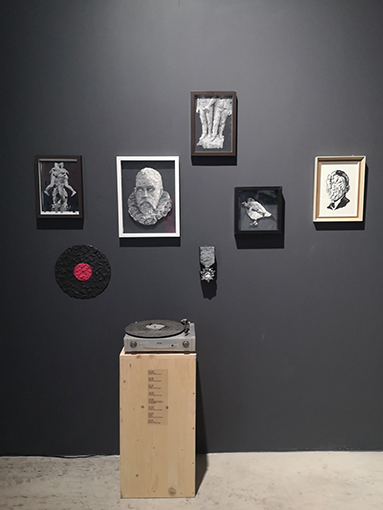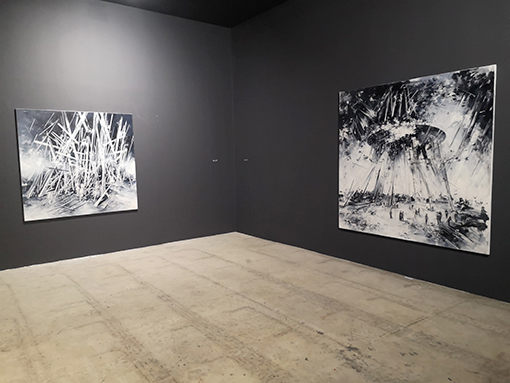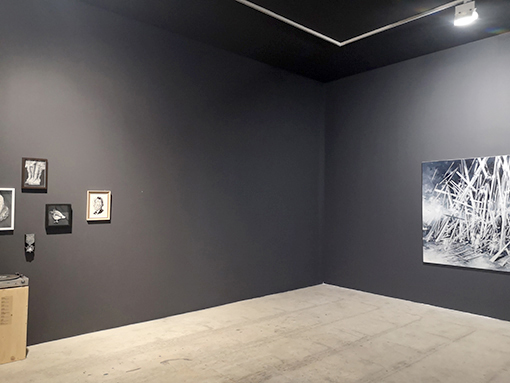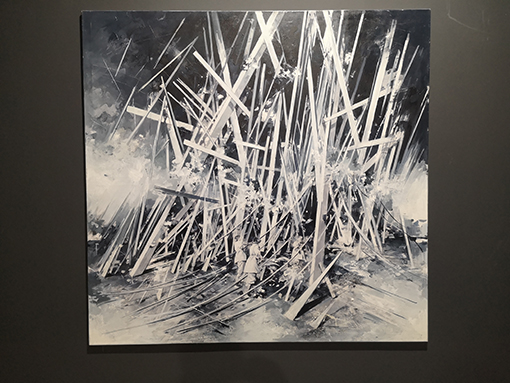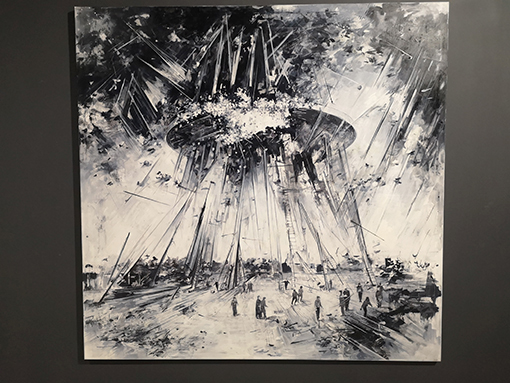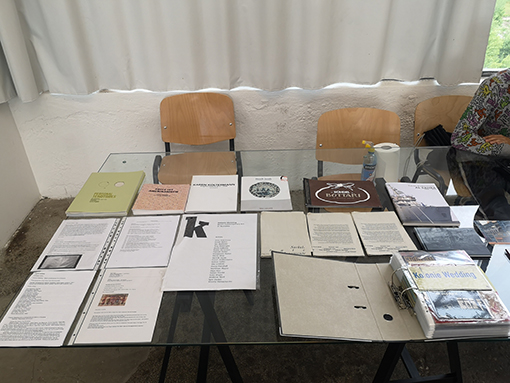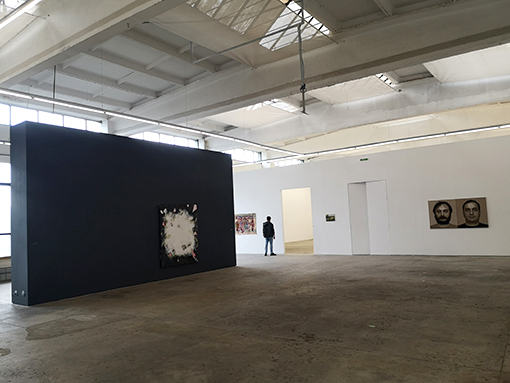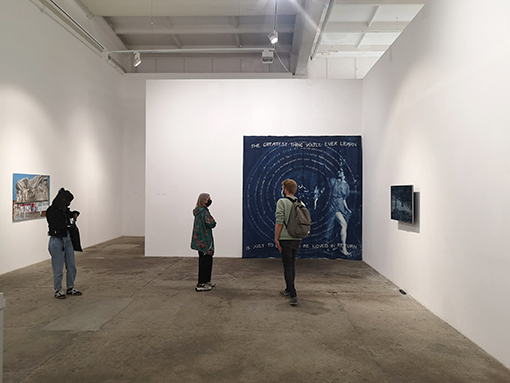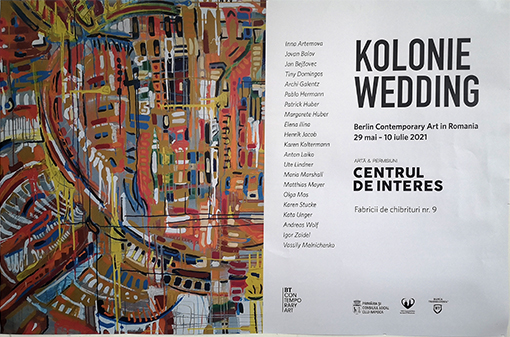Center of interest Cluj, Romania
Featured Art Genres:
Painting, conceptual art, drawing, installation, mixed media, sculpture, video
Artists:
Inna Artemova, Painting
Jovan Balov, Painting
Jan Bejšovec, fabric images
Tiny Domingos, Video
Archi Galentz, Installation
Pablo Hermann, Painting
Patrick Huber, Drawing
Margarete Huber, Video, Drawing
Elena Ilina, Photo-Collage
Henrik Jacob, Drawing, Clay Dough
Karen Koltermann, Painting, Mixed Media, Video
Anton Laiko, Painting
Ute Lindner, Cyanotype-Video-Installation
Maria Marshall, Painting
Matthias Mayer, Video
Olga Mos, Painting
Karen Stucke, Photography
Kata Unger, Woven Images
Andreas Wolf, Painting
Igor Zaidel, Painting
Vassily Melnichenko, Video
Curators:
Florin Stefan
Igor Zaidel
In the summer of 2020, I. Zaidel visited Cluj-Napoca. During the visit, Mr. Zaidel met and got acquainted with Mr. Florin Stefan. Florin Ștefan (b. 1968) teaches at the Art and Design University in Cluj-Napoca and is the director of Spațiu Intact from Centrul de Interes in Cluj-Napoca. This meeting resulted in the idea of an exchange between Kolonie Wedding and Spațiu Intact from Centrul de Interes.
In 2021, an exhibition of Berliners took place in Cluj in spring and an exhibition of Clujanians in Berlin in autumn.
„Colonia Wedding is an association of free art spaces in Berlin. The artists presented in Cluj are active members of this association or are permanently associated with it, or are guest curators.
Berlin art projects scene.
Berlin is currently one of the art capitals of the world. Apart from the conventional forms of presenting contemporary art in museums or at the 300 to 400 art galleries in Berlin, there are also a large number of other art projects, such as for example Art Producers Galleries projects of temporary art, galleries in the salon, or spaces for art projects. These spaces for art projects have a special role in Berlin. Their number always varies, but it is estimated between 200 and 300, which since 2015 are united in the Association: Network of spaces for free art projects Berlin.
Through the non-bureaucratic and non-commercial character of these art spaces, one can experience spontaneously, take care of and increase national and international communication networks, one can react quickly regardless of the art form, one can organize concerts, public discussions on art themes or of public interest, neighbors can be invited.
The art presented must not be commercialized, must not be accepted by a wide audience, thus determining the realization of various niche projects and leaving a wide space for new, untried artistic events. The art spaces are managed and financed together by the member artists, an institutionalized financial support does not exist in Berlin.
In these art presentation spaces, the objects or actions presented are discussed, opinions are exchanged between artists and guests, stories are told about other exhibitions or events, recommendations, comparisons and criticisms are made. This culture of multilateral discussions in the open scene is very important for art in Berlin, thus developing new ideas for all participants.
In times when the polemic against media and the disappearance of people behind the screens has led to the transformation of the virtual world into a hostile place, the facebook page will only be used to announce art exhibitions or events.
The dialogue takes place directly between the participants on the spot in the free art spaces, they constantly discuss what contemporary art should be and what social importance it can have. Visitors to these contemporary art spaces are neighbors, artists from all over the world, people interested in art and tourists.
Because there are such a large number of artists in Berlin with very diverse positions in art, each with countless acquaintances in the scene both in Berlin as well as nationally and internationally and finally due to the culture of intense discussions in free project spaces, Berlin art has a unique character. The amount of communication networks and their dynamics makes a quantum leap of art.
Colony Wedding
In Berlin Wedding (Gesundbrunnen) in 2001 several spaces for free art projects came together in a non-profit association called Colonia Wedding. After 20 years the Colony consists of 23 spaces for free art projects. In Soldiner Kiez all can be reached on foot. art and politics, others emphasize a particular art form such as visual art or performance art. Openings are regularly held on the last Friday of the month in 10-12 of these spaces, and the artists organize guided tours in person. These spaces can be visited in one evening due to their proximity. This coordination of the openings is probably the most unusual aspect of the colony, possibly this monthly art weekend is probably unique in the world, in such a weekend you can see for example in -one room the bizarre paintings of an artist from Berlin, then a joint exhibition of artists from Sweden and Finland, then visual art from Brazil, an artistic performance from New York and maybe also the comic works of an artist from Israel. As in the spaces intended for these projects, there is a general, very lively discussion about the art presented. You are allowed to speak your mind even if you think it’s rubbish.
Colonia Wedding has been internationally oriented since its establishment, it has members from all over the world and always organizes international exchange projects together. At the same time, the project rooms are also regionally oriented. Participatory events, actions and exhibitions are organized regularly, to which the neighbors are also invited to participate. Another special quality of the Wedding Colony is the continuity of its members, the participation of its spaces, the continuity of exhibitions and artistic events, as well as the continuity in its international orientation The association’s organization is not hierarchical, there is no management, the association’s board is permanently formed by four members of the colony. There was no president or vice president, decisions being taken only by consensus. All the spaces decide their program alone and independently, the association only handles administrative and organizational issues in the interest of everyone, for example the creation and printing of the flyer and maintenance of the common internet page. The association does not influence the individual artistic and curatorial work. Through an extended concept of art we can see Colonia Wedding in its entirety as a complex work of art that transcends the borders of the country and leaves imagination free for new ideas.“
Dr. Anna E. Wilkens
EXPOSITIONS
